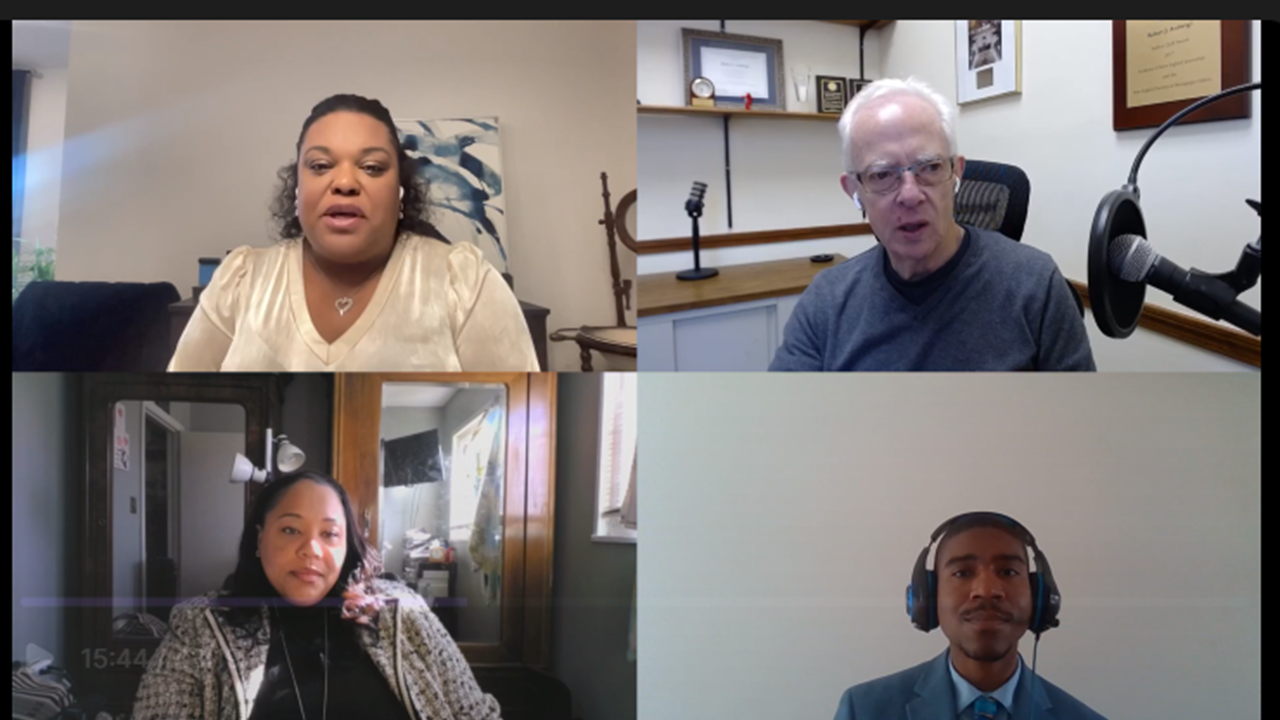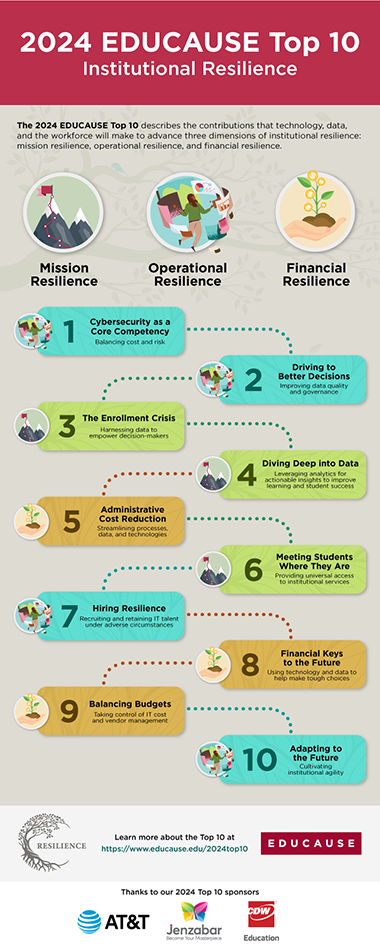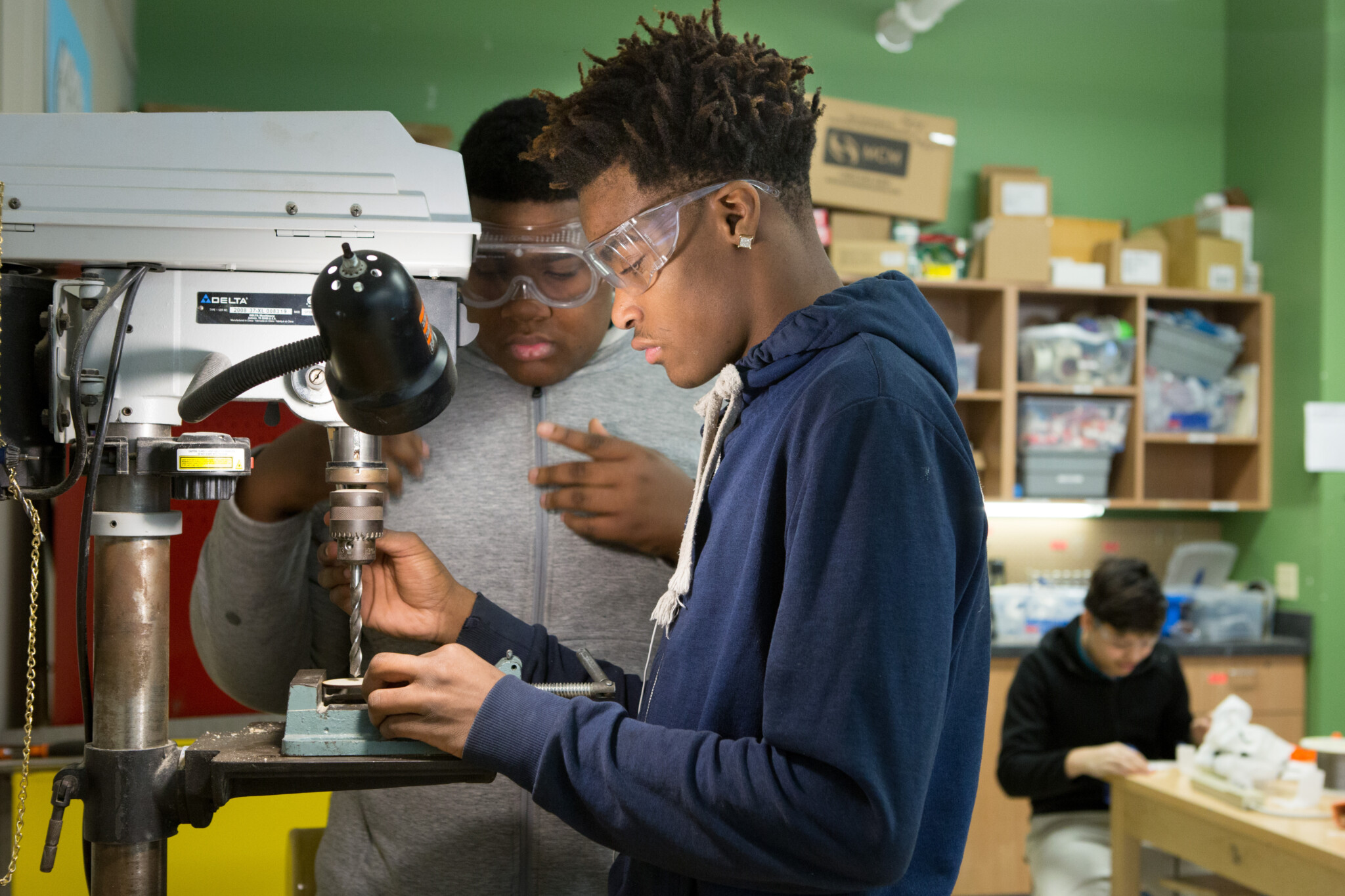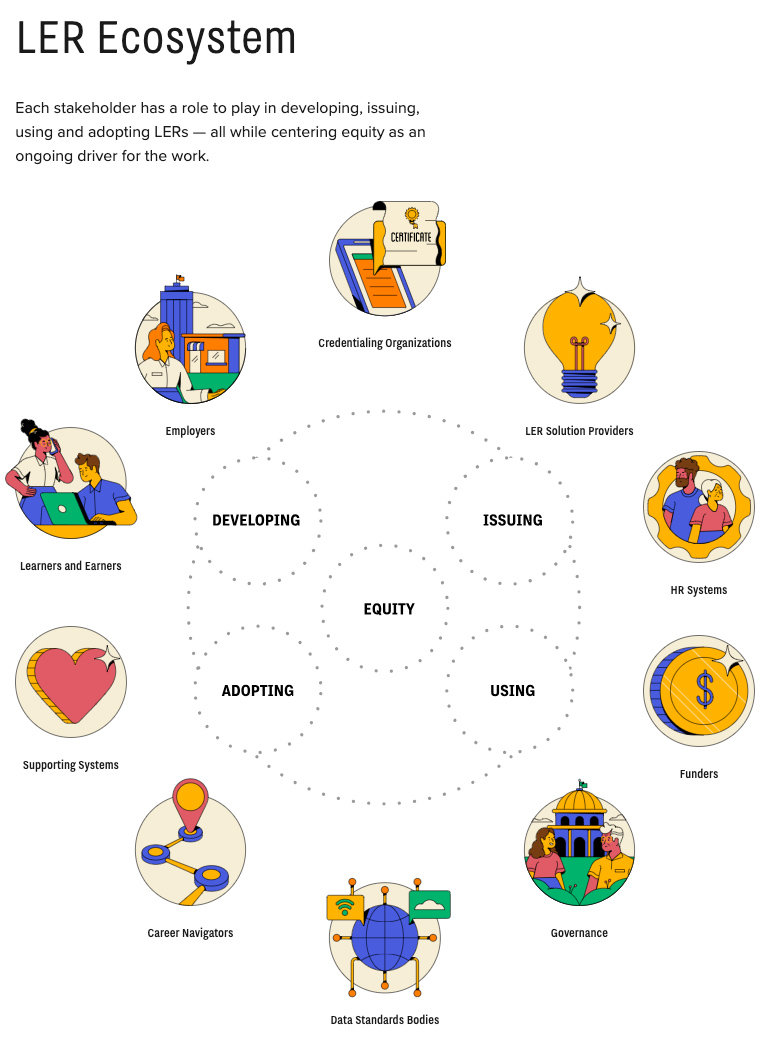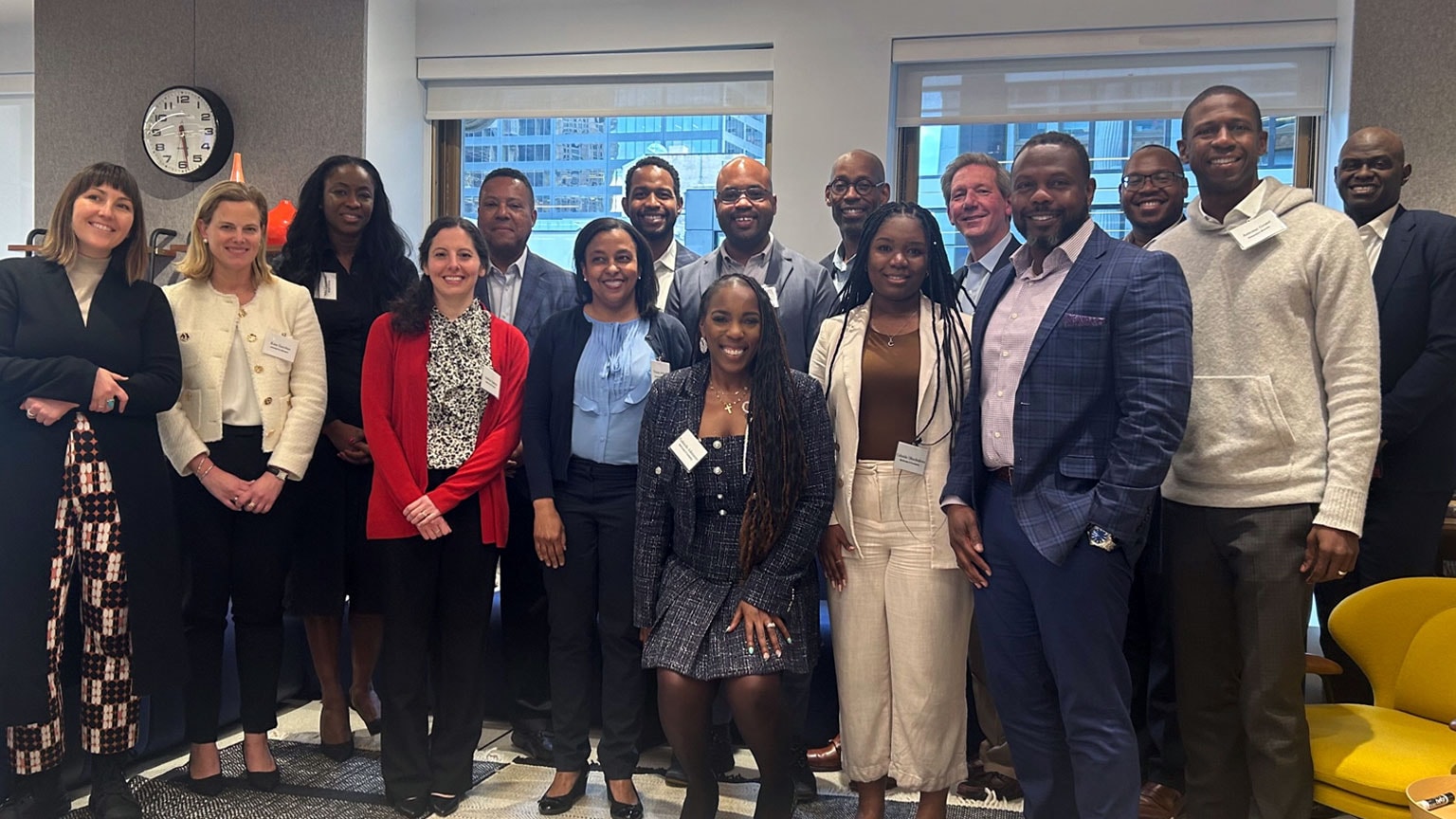Nearly half of companies say they plan to eliminate bachelor’s degree requirements in 2024 — from highereddive.com by Carolyn Crist
Many employers are dropping degree requirements to create a more diverse workforce and increase job candidate numbers, survey results show.
Forty-five percent of companies plan to eliminate bachelor’s degree requirements for some positions in 2024, according to a Nov. 29 report from Intelligent.com.
In 2023, 55% of companies removed degree requirements, particularly for entry-level and mid-level roles, the survey shows. Employers said they dropped these requirements to create a more diverse workforce, increase the number of applicants for open positions and because there are other ways to gain skills.
Fitch Ratings issues deteriorating outlook for higher ed in 2024 — from highereddive.com by Natalie Schwartz
The credit ratings agency cited high labor and wage costs, elevated interest rates and uneven enrollment gains across the sector.
Dive Brief:
- Fitch Ratings issued a deteriorating outlook Monday for U.S. colleges and universities in 2024, citing high labor and wage costs, elevated interest rates and uneven enrollment gains across the sector.
- These challenges will limit colleges’ financial flexibility next year, according to the credit ratings agency. Moreover, Fitch analysts expect only a 2% to 4% uptick in colleges’ net tuition revenue and said tuition increases likely cannot counter rising operating expenses.
- The outlook expects the divide to grow between large selective colleges and their smaller, less selective counterparts. “Flagship schools and selective private institutions are expected to experience relatively steady to favorable enrollment, while some regional public institutions and less-selective private schools in competitive markets have experienced declines,” according to the analysis.
Credit rating agencies split on higher ed outlook in 2024 — from highereddive.com by Jeremy Bauer-Wolf
S&P argues economic conditions will stress regional institutions, though Moody’s says the sector is stable overall.
Dive Brief:
- Two credit rating agencies are somewhat divided in their outlooks for U.S. higher education in 2024, with one arguing the sector has stabilized, while the other forecasts tough economic conditions for less selective, regional colleges.
- Revenue growth from sources like tuition and state funding looks promising, Moody’s Investors Service argued in an analysis Thursday. S&P Global Ratings, however, said Thursday that only highly selective institutions will enjoy student demand and healthy balance sheets. Their less selective counterparts face enrollment declines and credit pressures in turn, S&P said.
- Both organizations agreed that labor shortages and similar challenges will squeeze colleges next year. Higher ed is contending with a boom in union activity, while widespread faculty tenure “remains a unique sector risk, limiting budget and operating flexibility,” Moody’s said.









